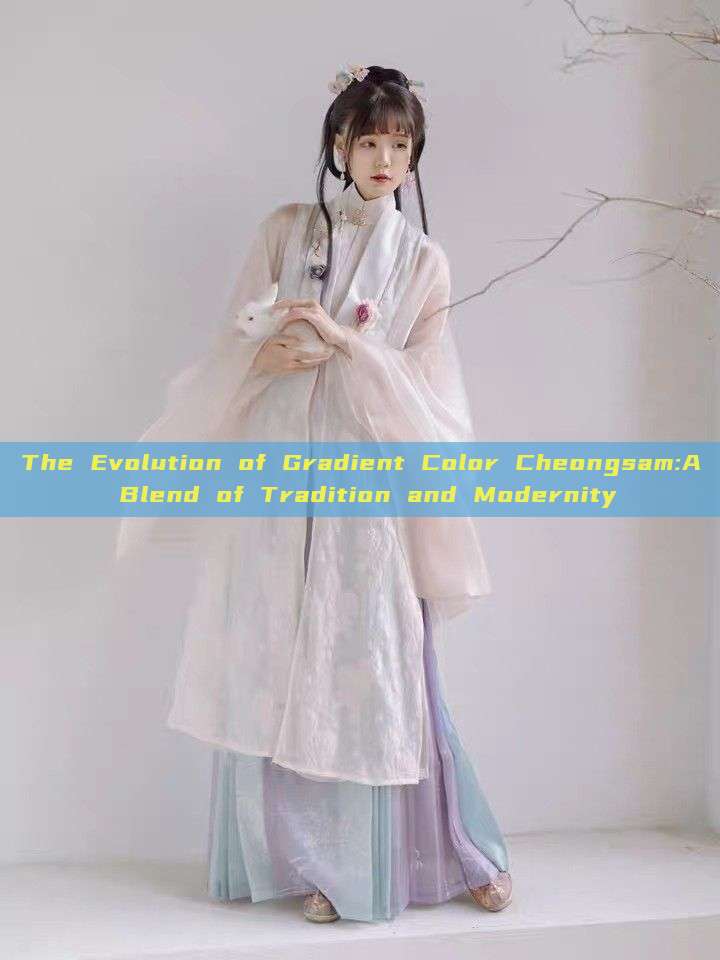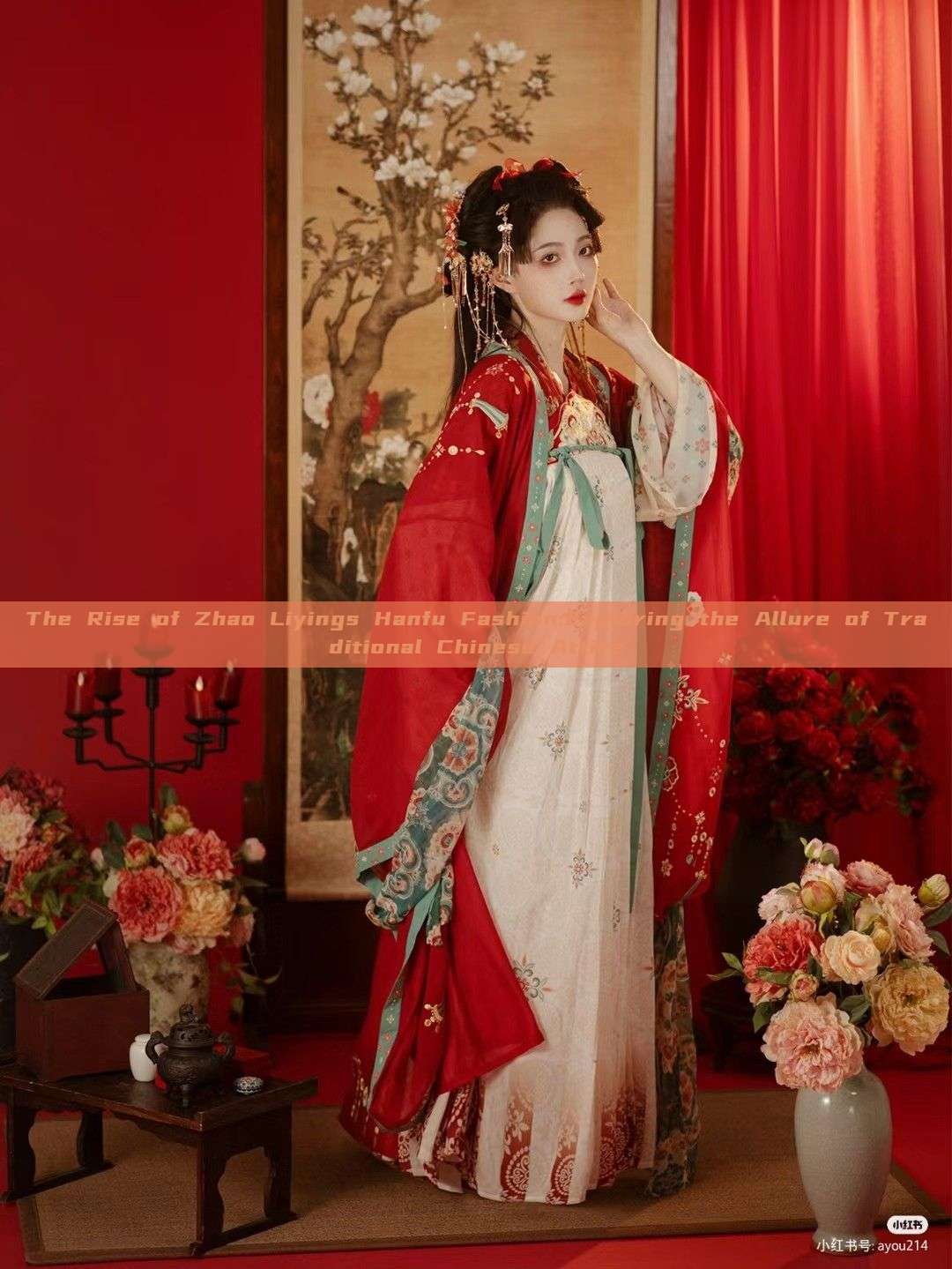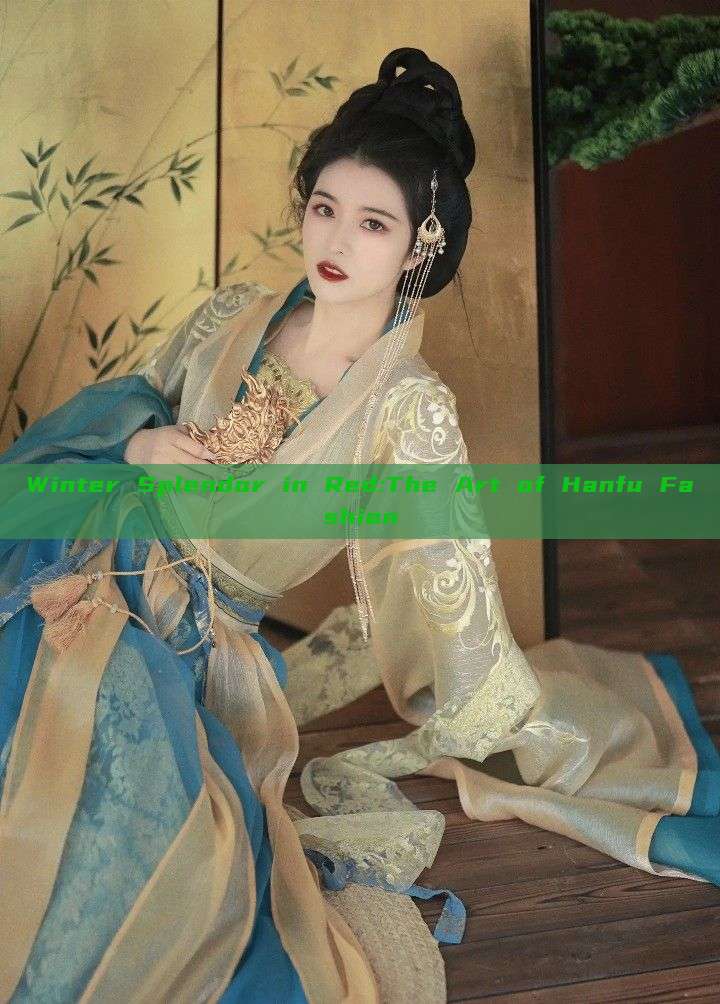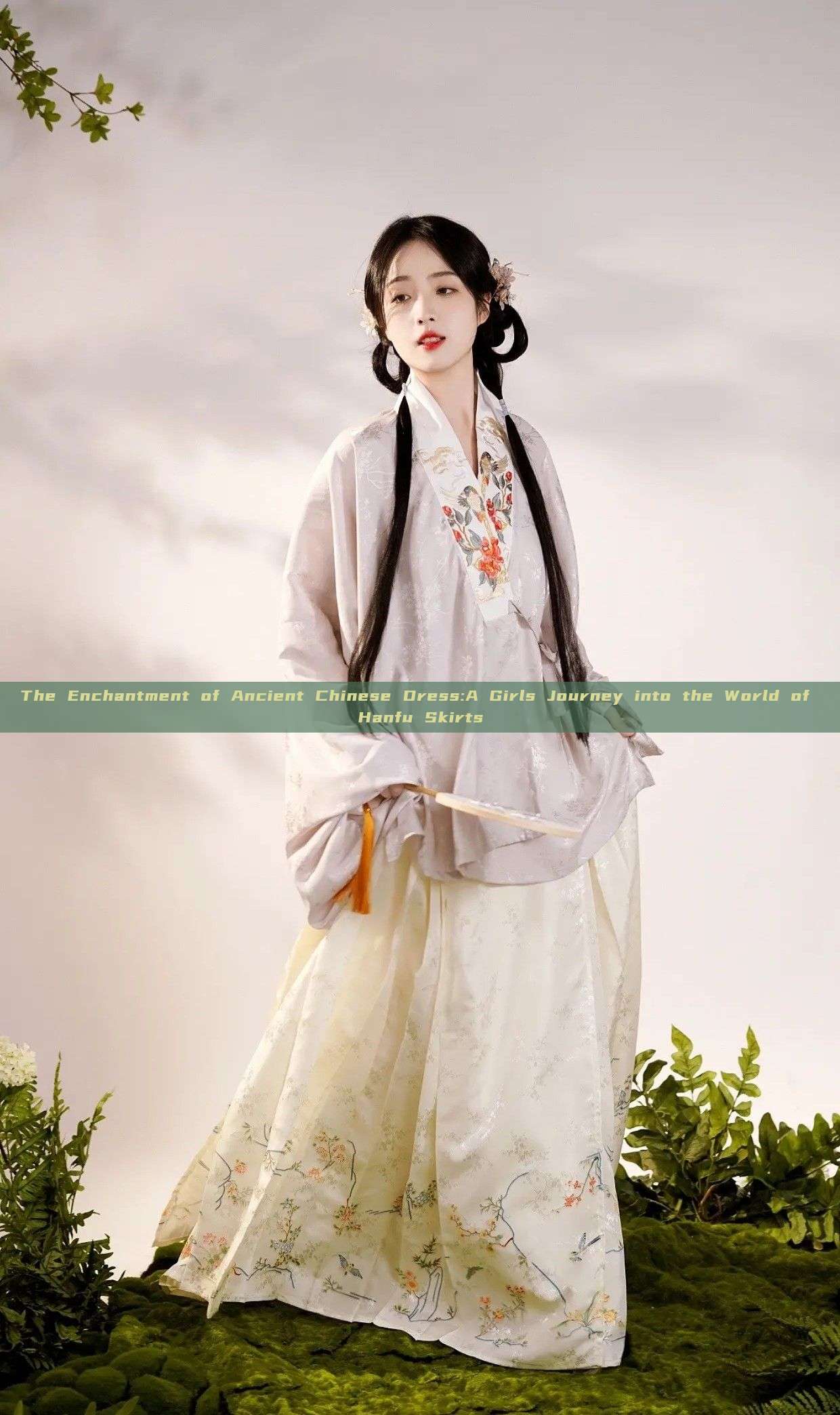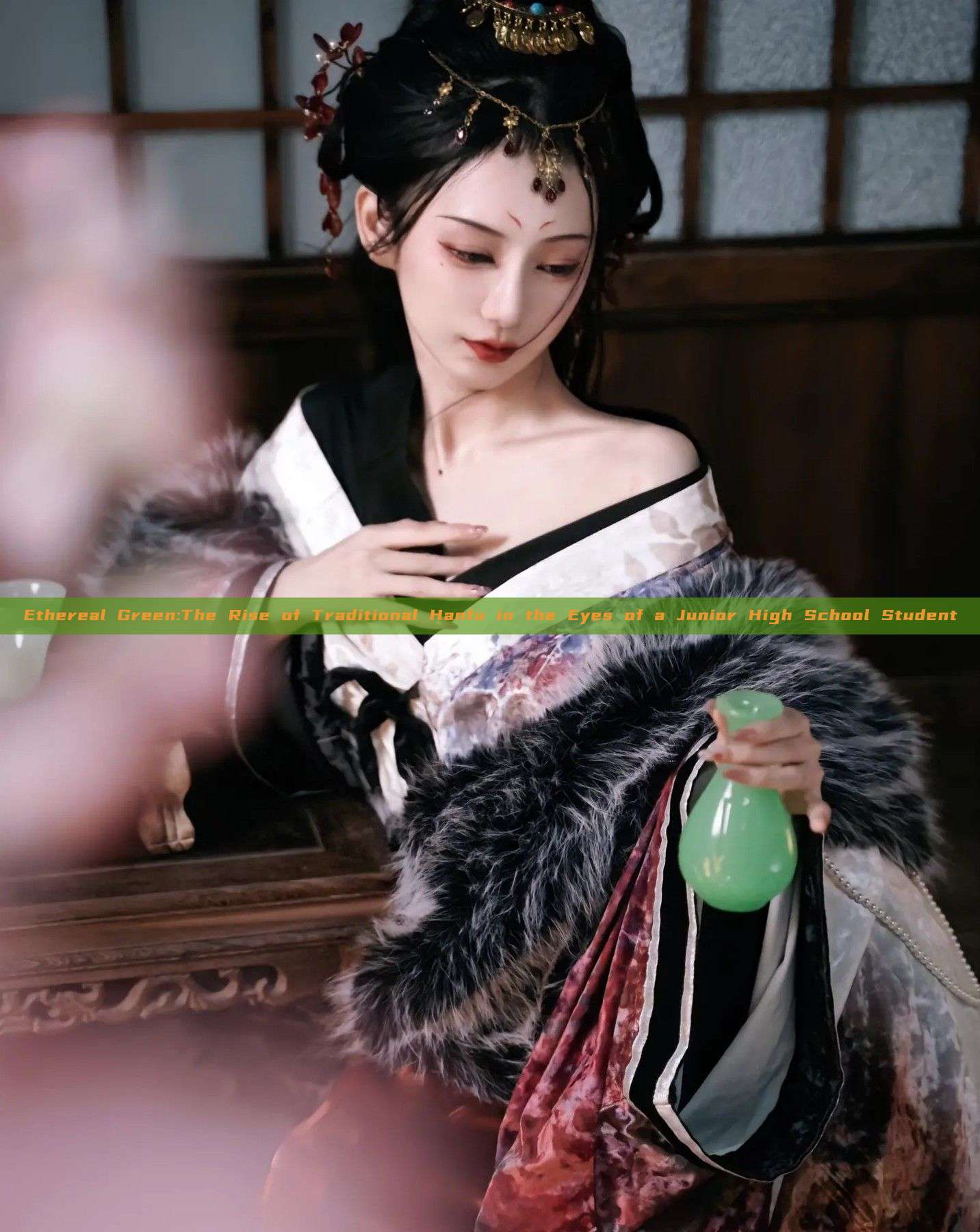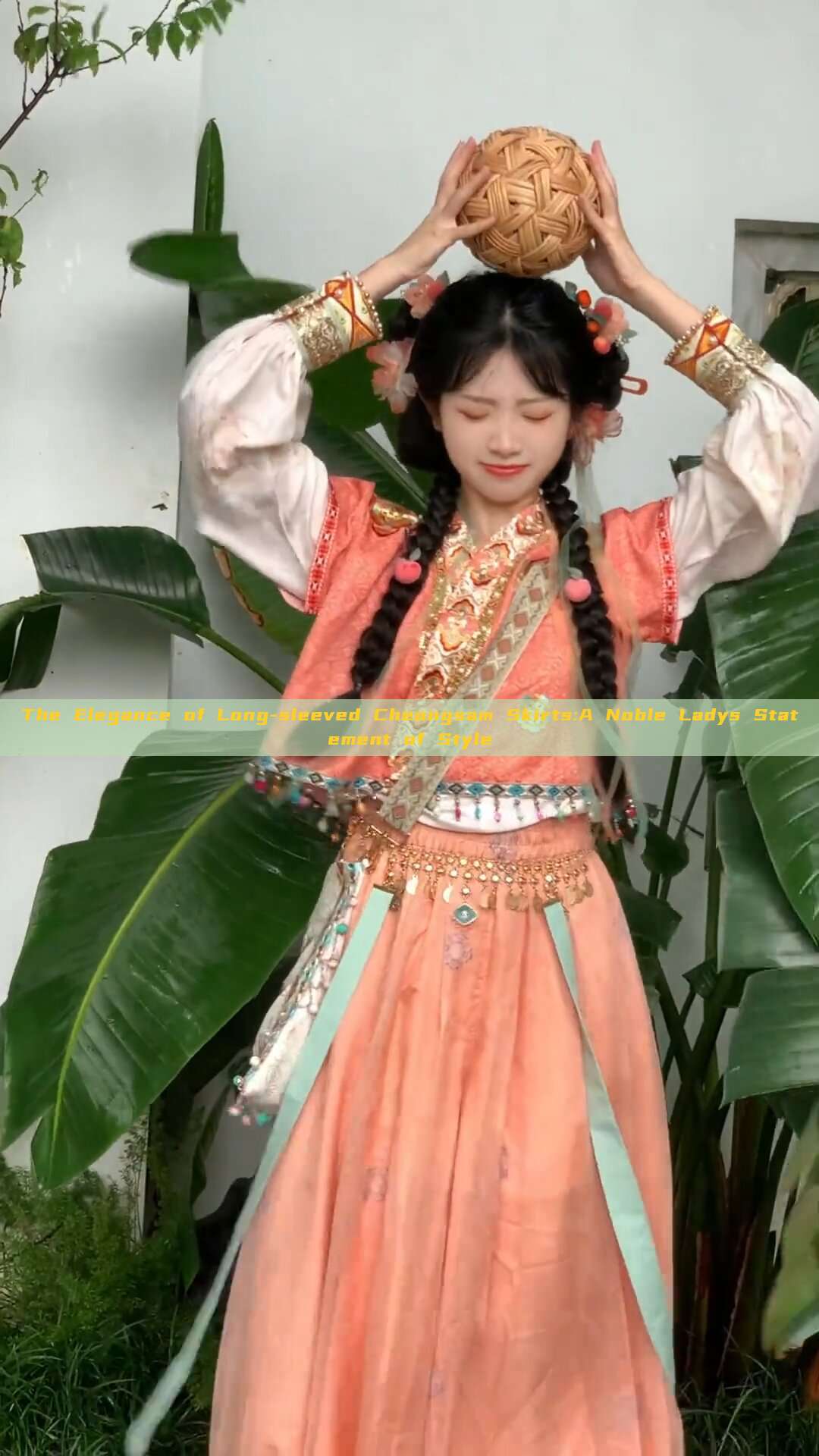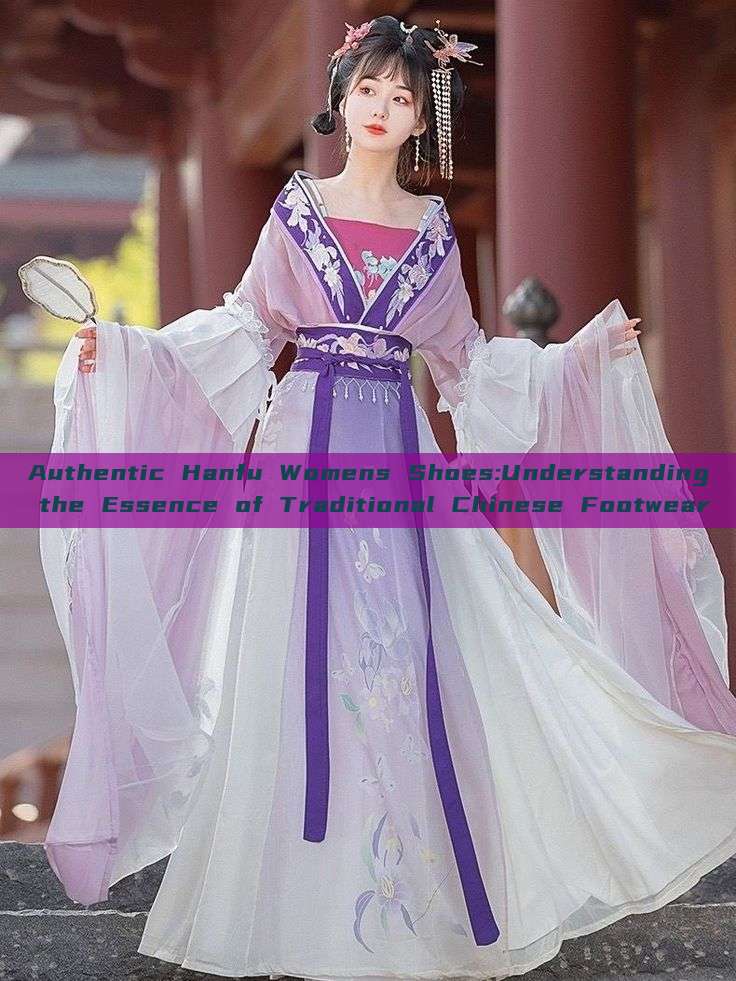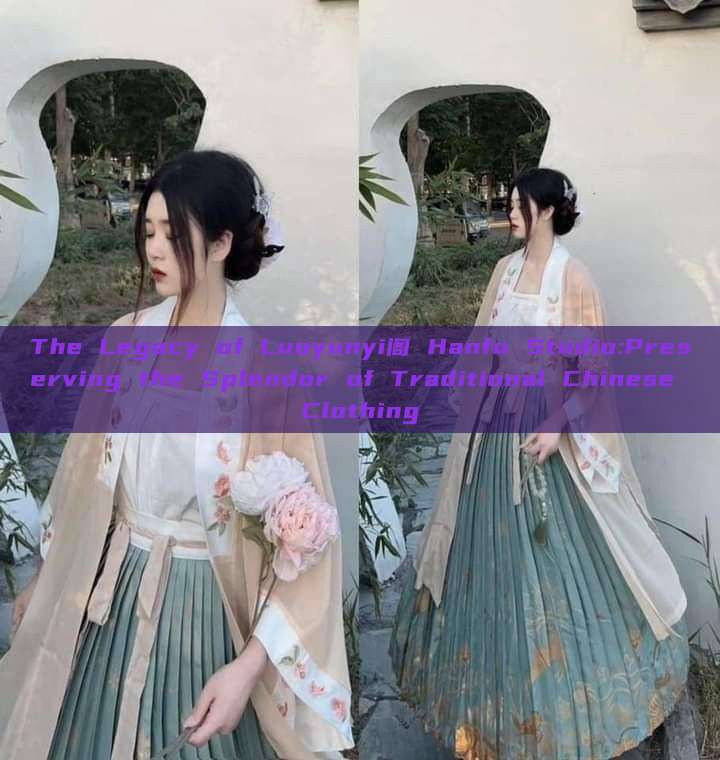In the dawn of a new era, where cultural heritage is increasingly recognized and celebrated, the revival of Hanfu has sparked a renaissance in traditional Chinese fashion. Hanfu, also known as Han clothing, represents the cultural identity of the Han people in China, embodying thousands of years of history and craftsmanship. This article delves into the origins and essence of Hanfu, exploring its evolution and impact on modern society.

Originating from the Zhou Dynasty in China's ancient history, Hanfu is a traditional clothing style that has persisted for over two thousand years. It is more than just a garment; it is a symbol of cultural continuity and identity. The design and patterns of Hanfu are intricate and complex, reflecting the philosophy and aesthetics of the Han culture. It consists of layers and accessories that are carefully crafted to reflect the wearer's status and occasion.
The essence of Hanfu lies in its intricate designs and patterns that are often inspired by nature and symbols of good fortune. From floral patterns to auspicious symbols, each design tells a story about the culture and traditions of China. The colors of Hanfu are also significant, often associated with specific meanings such as red for good fortune and black for dignity and power. The use of traditional Chinese knots and embroidery techniques further enhance the elegance and beauty of these garments.
The revival of Hanfu can be attributed to the efforts of cultural preservationists and enthusiasts who recognize its value as a part of China's rich heritage. As a form of traditional clothing, Hanfu has experienced a significant transformation in recent years, evolving from being a niche interest to a widely accepted fashion trend. The younger generation has embraced Hanfu as a way to express their cultural identity and pride in their roots.
The impact of Hanfu on modern society is profound. It has not only influenced fashion trends but also sparked interest in traditional Chinese culture and history. People all over the world are donning Hanfu to participate in cultural events and festivals, further promoting its global recognition. The revival of Hanfu has also led to the preservation of traditional craftsmanship and techniques that were once forgotten.
Moreover, Hanfu serves as a bridge between the past and present, connecting modern society with its rich cultural heritage. It represents a blend of ancient wisdom and modern innovation, demonstrating that traditional values can coexist with contemporary lifestyles. The evolution of Hanfu reflects the changing times, incorporating modern elements while maintaining its traditional essence.
However, the revival of Hanfu is not without challenges. As it gains popularity, there is a need to ensure that its authenticity is not diluted. It is crucial to preserve the original designs, patterns, and craftsmanship associated with Hanfu to maintain its cultural integrity. Additionally, the cost of authentic Hanfu can be prohibitive for many, leading to the emergence of cheaper alternatives that may not maintain the same level of quality and craftsmanship.
In conclusion, the dawn of Hanfu represents a renaissance in traditional Chinese fashion and culture. It is a symbol of cultural continuity and identity that connects the past with the present. The revival of Hanfu not only influences fashion trends but also promotes the preservation of traditional craftsmanship and techniques. As we embrace this renaissance, it is crucial to ensure that the authenticity and cultural integrity of Hanfu are maintained.
Through education, awareness, and appreciation, we can ensure that Hanfu continues to thrive in modern society, serving as a powerful reminder of our rich cultural heritage and a source of inspiration for future generations.

